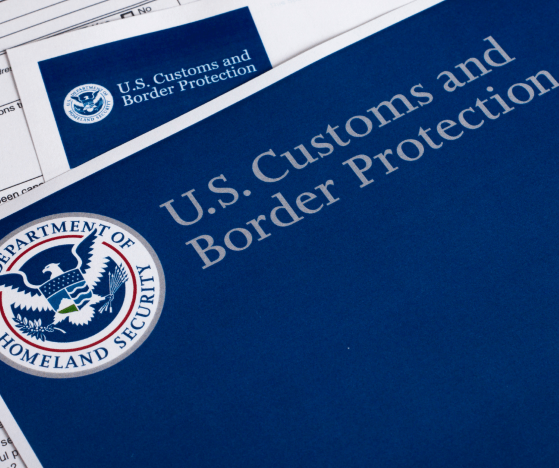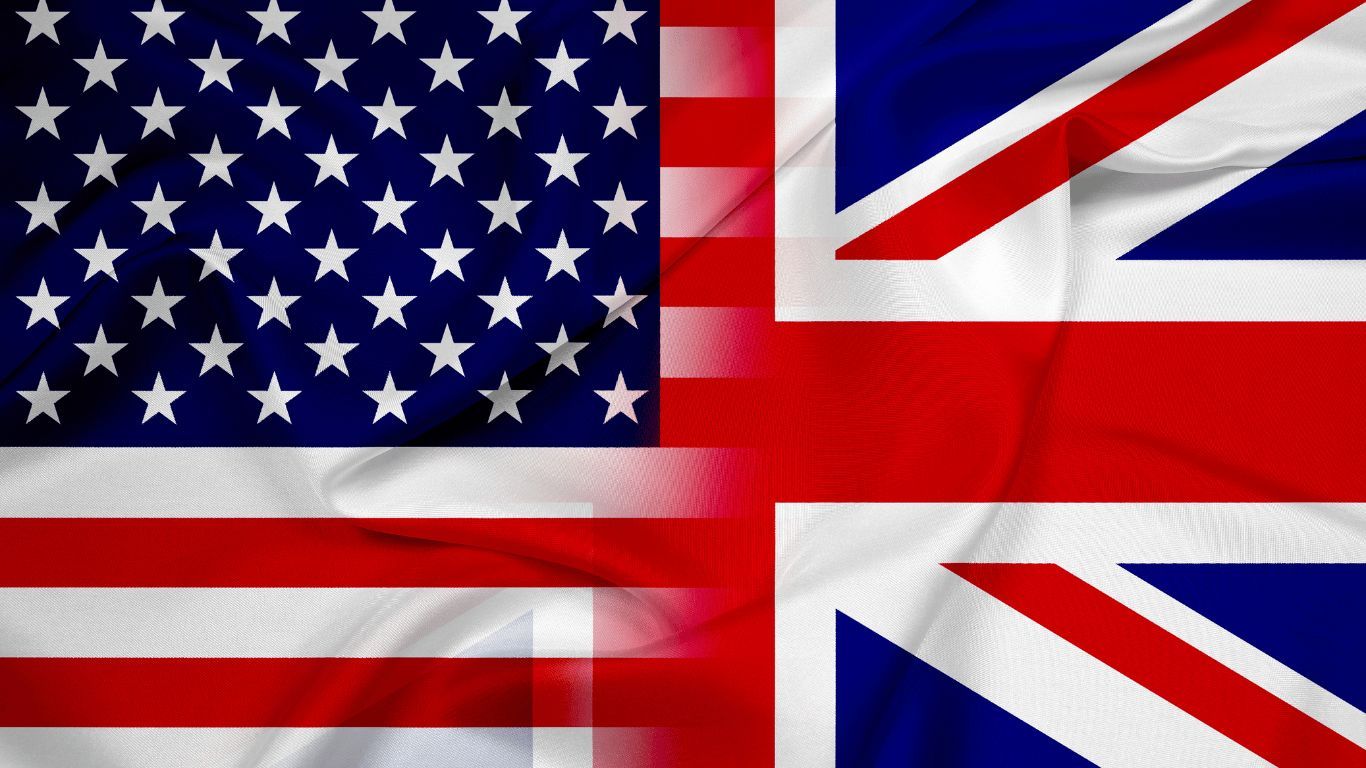Low-Value Commercial Imports into the USA
Changes to US import rules for low-value shipments

Requirement for Low Value Commercial Imports
The US will eliminate the $800 de minimis requirement for commercial shipping on August 29, 2025. The great majority of overseas companies that export low-value goods to the US are impacted by this move, including those goods that were formerly duty and tariff free.
In the past, a streamlined procedure allowed most exports under $800 (about £590) to enter the United States duty-free. Exports will now be subject to tariffs, levies, customs clearance, and administrative fees regardless of their value. There will be more data obligations as well.
Why is the USA ending the de minimis exemption?
The de minimis rule's proponents claim that reduced prices are one way it helps American consumers. US critics claim it unjustly benefits foreign corporations and in addition raises safety concerns. President Trump referred to the exemption as "a big scam."
What is de minimis for Commercial Shipments?
The Latin phrase "de minimis" means "trifling or of little importance," according to the U.S. International Trade Commission. The provision, which dates to the Tariff Act of 1930, has reduced customs processing, including inspections, and allowed US consumers to avoid paying import taxes and tariffs on low-value goods. The threshold has been raised by US Congress through multiple amendments to Section 321 of the act, reaching $800 in 2015. The US Congress initially enacted Section 321 of the Tariff Act of 1930 in 1938 to improve administrative efficiency and to avoid expense and inconvenience to the government.
Low Value Imports into USA
The prior US $800 threshold was essentially eliminated on July 30, 2025, when the US issued an Executive Order (EO) suspending the de minimis exemption for all low-value commercial exports, including those from the UK. As a result, goods from overseas entering the US, even those valued under $800, will face tariffs and duties starting on 29 August 2025.
The most recent executive order states that companies may be charged $80 per item for countries with tariff rates below 16%, $160 per item for those with tariff rates between 16% and 25%, and $200 per item for those with tariff rates above 25%.
After the de minimis restriction is lifted, all shipments will undergo US customs clearance procedures. The delay at the US border may lengthen as a result.
US Customs Clearance
Exports to the US will now be subject to a full customs procedure. Previously, some customs clearance data fields were optional, but now exporters to the USA must submit correct and complete information. This comprises of:
- An invoice with precise product descriptions.
- Each item and its component parts country of origin must be stated, as Section 232 tariffs will also be applied to component parts according to their Harmonised System (HS) codes.
- The carrier and US Customs Broker will use the data supplied to determine additional expenses, such as duties, levies, and other administrative and customs clearance fees. Depending on the agreed Incoterms 2020 and the status of the US Importer of Record, these expenses could be Delivered Duty Paid (DDP), in which the overseas seller bears all expenses, or Delivered at Place (US Port uncleared) (DAP), in which the US buyer bears the responsibility for tariffs and customs duties.
Our US how-to guide provides detailed information on exporting goods to the USA, trade agreements with the USA, export controls, regulations, importer of record obligations, documentation, and compliance requirements.
ICS Global Services Limited provide businesses with advice on international trade, customs compliance and import / export matters. If you would like to receive more detailed advice, please contact us by sending an e-mail to info@icsglobalservices.co.uk




